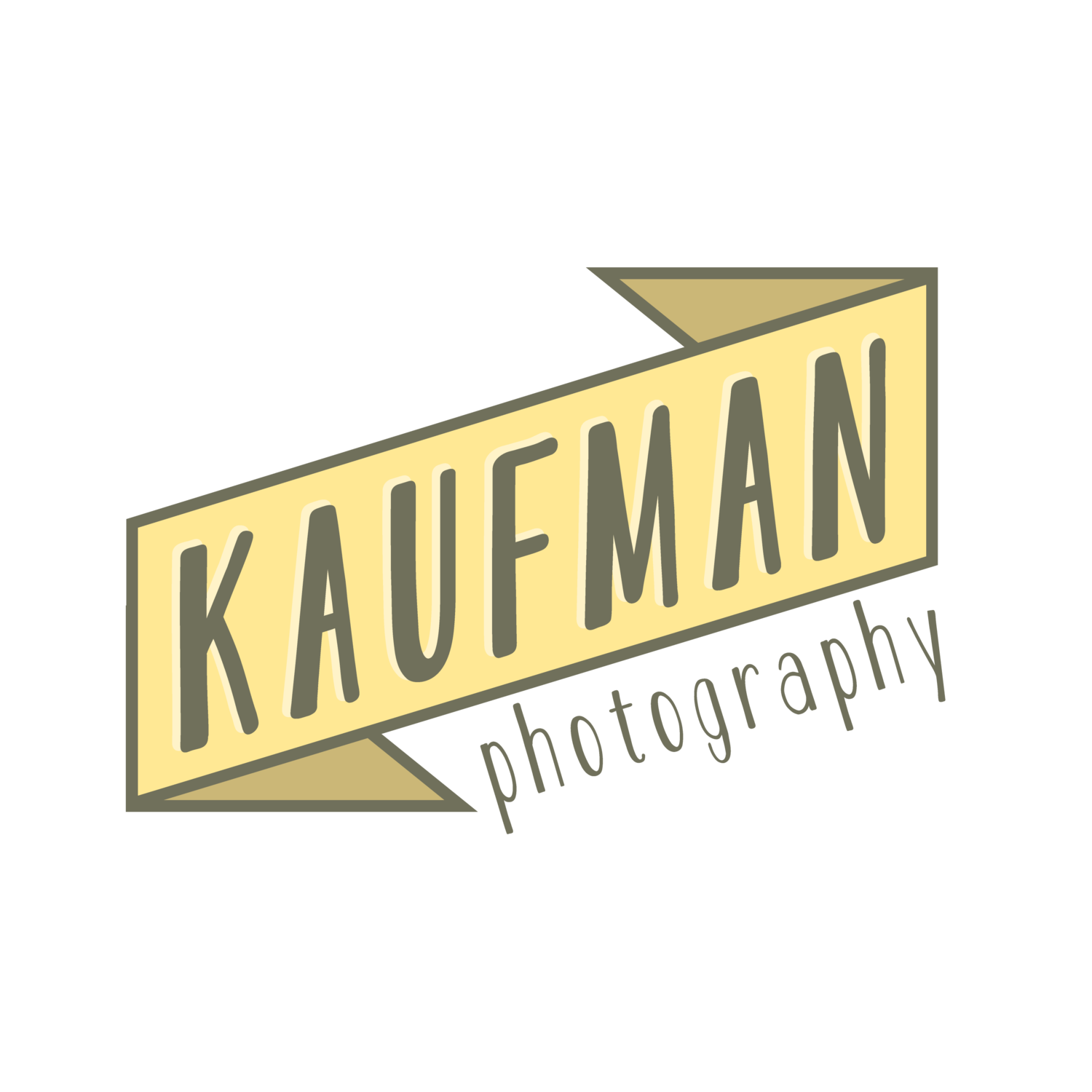Hey everyone! It's been a busy first day at Photoshop World, but we've been having a blast checking out all of the awesome vendors at the Tech Expo. We were able to get some videos done, so definitely check them out. At the expo, Chris and I stopped by our favorite booth...Nikon. We got a chance to play with the 45mm Tilt-Shift Nikkor lens, as well as the 14-24mm f2.8 lens. We were very impressed by both lenses and we'd love to add them to our arsenal later this year. (hint hint Bradley) ;) We got a chance to shoot with the Nikon D3X, which is nothing short of amazing. Another booth we visited was the LensProToGo.com service. At this booth, we got a chance to check out the 500mm, 300mm, and 200mm Nikkor lenses. Wow! All the lenses were great, but of course, not very practical for a wedding photographer to sling around all day.
As far as classes go, I attended my first session with Matt Kloskowski, entitled, Photoshop Restoration Rescue. In this session, he demonstrated some fantastic techniques on how to restore photos that have dust, scratches, are ripped/torn, have missing pieces, water damage, color shift, etc.. The techniques were very easy to follow, and I've noticed that Matt tends to teach by the book, which is great for the more complex retouching steps in Photoshop. He is very easy to follow in class, and I do recommend signing up for his class next year or at Photoshop World 2009 Vegas if you get a chance / if its offered.
The second class I attended was Mastering the New Adjustments and Masks Panels with Ben Willmore. I've always found Ben to be a very technical instructor. He moves quickly, so if you take a class from him, make sure to take notes / find out where his notes will be available. He has a great web site: www.thebestofben.com. Check it out to see some of his work. The class was geared towards all of the changes between CS3 and CS4 in terms of the adjustments and masks panels. A term that was thrown around a bunch the first day was that CS4 is no longer "Modal" meaning that you don't lock out yourself out of all the other Photoshop features just because you're adding an adjustment layer. Ben used some of his raw "unprocessed" photographs to demonstrate how he selects his color tones and how he masks objects. It was really cool to see what his original image was and how he used his skills in Photoshop combined with Photomatix to process his HDR photography.
Chris will add to the post a bit later with his class overviews, but for now, check out the videos!
-Steve
